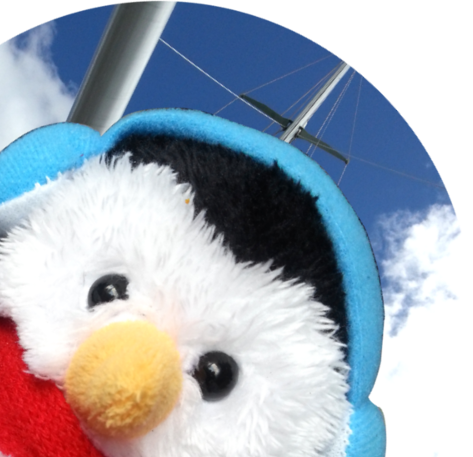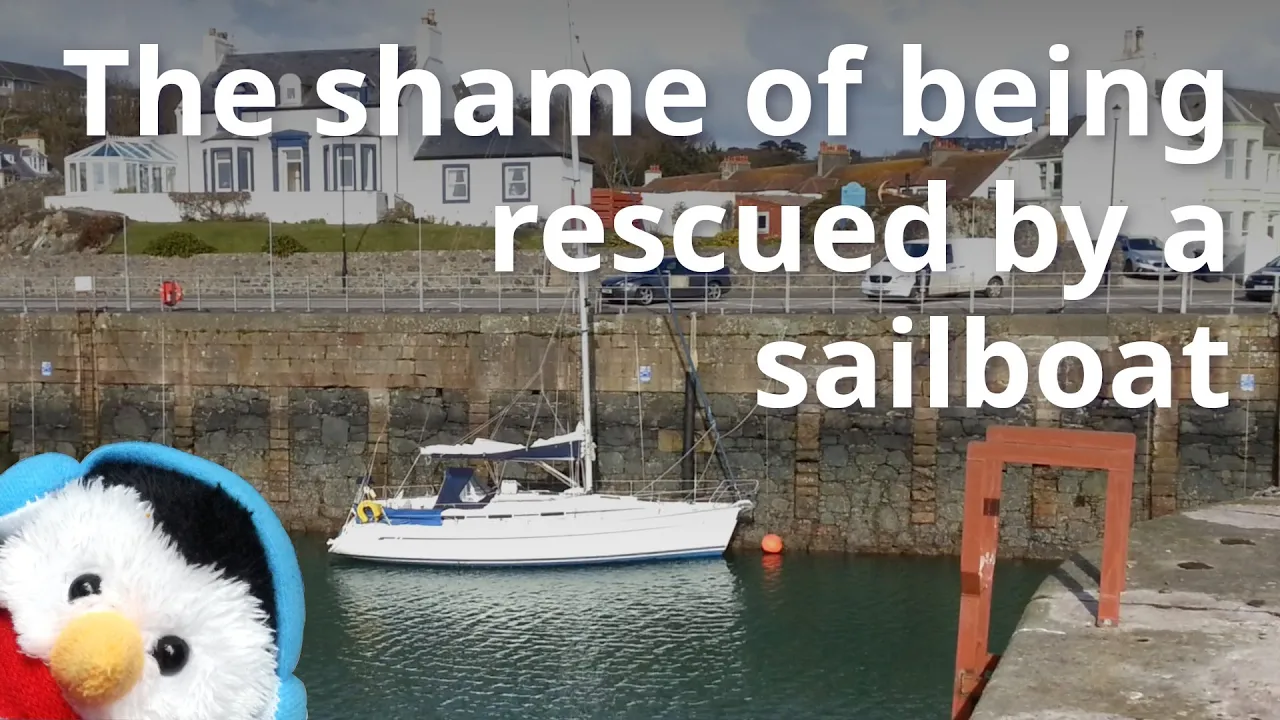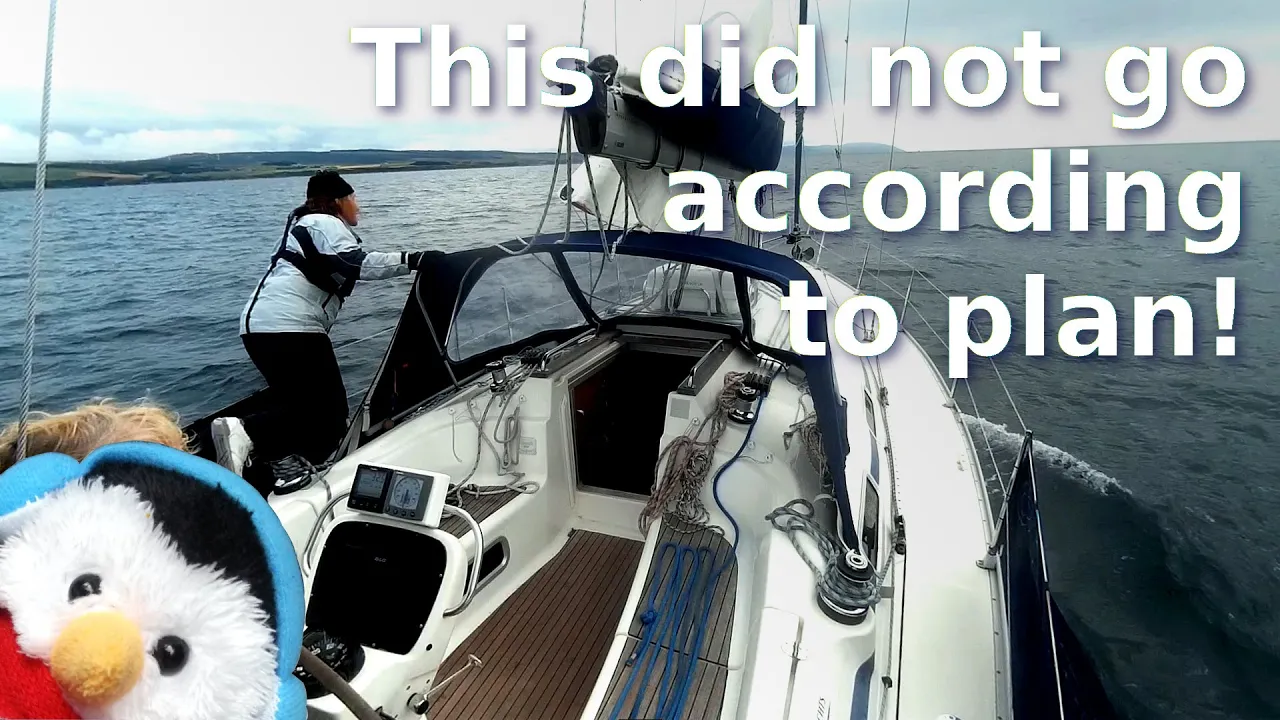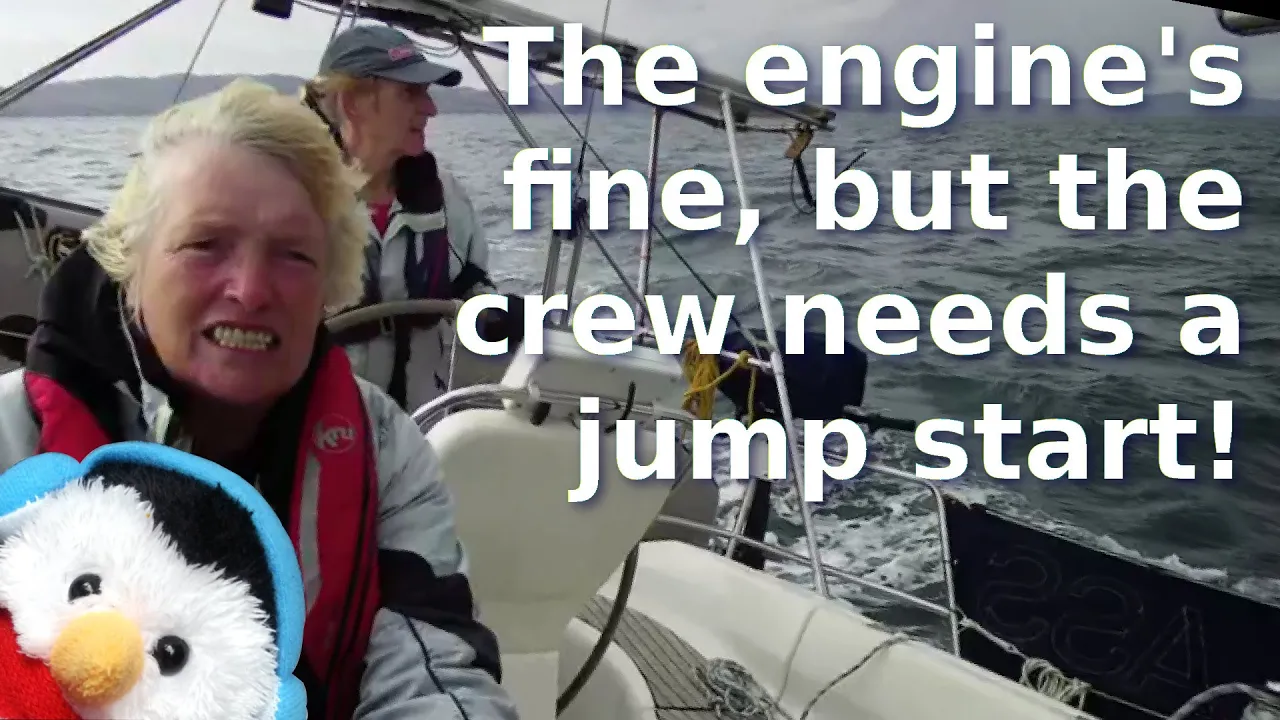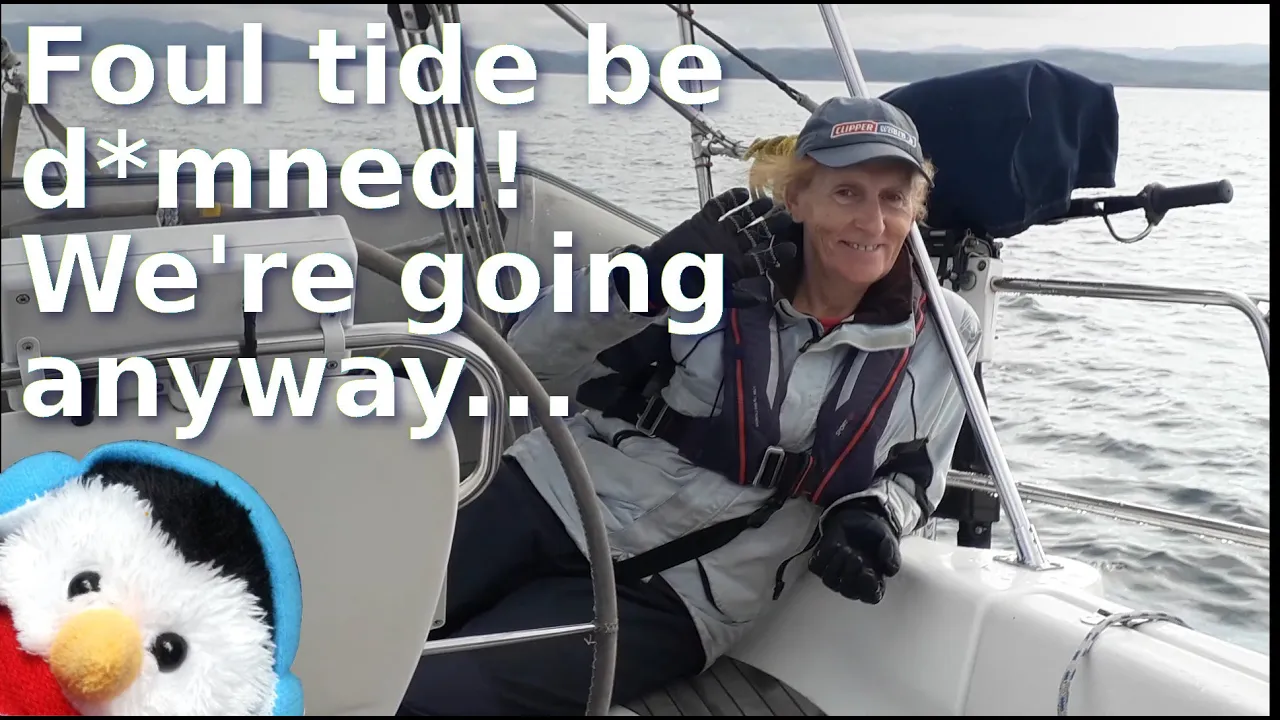Sitting at anchor is great. It is relaxing and great to get away from everything, but we are in Scotland, so the weather was dreadful, plus we are not the kind of people who can relax. So we decided to clean Salty Lass and get her beautiful. For me cleaning always starts in the galley, so that's where I started, while Beverley had the front cabin, to sort out. When you live in a small home, like we do then it doesn't take very long to mess it up, but equally it does not take that long to clean it up.
Once I had cleaned the galley, I should of sorted out the chart table, but I wanted a distraction so I decided to sort out my knot picture instead. My knot picture is of the eight knots that I needed for my competent crew course and they are:-
- Figure of eight knot - This knot is also known as the stopper knot, it looks like an eight, which gives it its name and it is used to stop a knot going through a block
- Reef knot - These were used in the past to reef sails. They are great because they lie flat and are easy to undo. We use reef knots to secure our boat hook to a rail
- Clove Hitch - We use this knot to tie the line on fenders to our guard rail. It is great for when you want to quickly shorten or lengthen a line like with the fenders when you might want to raise or lower a fender. If you need to remove it under load, you need a knife
- Rolling hitch - Used to pull something in one direction. We have used this knot once on Salty Lass, with the one time being when we were pulling our anchor up as we had no windlass so we were using our winches at the back. It did work but in the end we lifted the chain straight.
- Round turn and two half hitches - This is a great knot when you need to undo the rope regardless of the load. It can always be undone even when the load was Salty Lass, and she was being lifted out of the water, we could still undo the knot. The other good thing about this knot is that you only need your thumb to secure it once the round turn is in.
- Bowline - By far and away the most useful knot on Salty Lass. We use it on our mooring lines, our sheets on our Genoa and lots of other uses. The only time we have had an issue with a Bowline was in disaster on day one where we used a rope that had a spring in it. When the load was removed the knot came undone
- Single sheet bend - This is a great knot for tying two ropes together. We have use this knot to attach the rope we have on Mr. Swifty our mooring hook, to our mooring line. We have also used this when we were rafted and we needed a longer line for our shore line
- Double sheet bend - Similar to the single but more secure.
In addition to these eight knots, we have also used:-
- Halyard knot - We use this on the halyard, and the topping lift. This knot is incredibly secure and can be used to lift huge weights. You can only get it undone with a hollow fid.
- OXO knot - Used for securing our spinnaker lines to the mast, and for securing our dock lines. This knot is easy to get undone and is best when you have a lot of spare line
- Cleat Hitch - With this knot you only need to go around the cleat away from the load before you start the X, after the X you tuck the line under the X to secure. You should always tuck under the line forming the X which is nearest the load, so that the load line and the spare line are parallel to each other. The cleat hitch is harder to undo, but is what you need to do when you have very little line.
The next day, was what Beverley calls false hope, there was sunshine in patches, so we could possibly sail, but with weather deteriorating out in the Sound of Mull, there was no where to go. We could of gone to the pontoon, but why pay when you can anchor for free. So we decided to stay in and make things to eat. Beverley loves to cook and I certainly love eating what she produces. She decided to cook Pork Mole which we call Pork Molé and have cooked on our sister channel Cooks Tour Afloat.
The next day was still miserable so we decided to talk about our anchor.
- Anchor Ball - For once we did have our anchor ball out. If we are anchouring in sand or mud, we tend hot to use it. However, if there are rocks or you are in an area where there are old moorings, or rocks then this is a good time to use the anchor ball. Another time to use it is when you are in a crowded anchorage, where there are other boats, so telling them where your anchor is, is a good idea. For our anchor ball we are using sinking rope coupled with two large shackles, that are deeper than our keep depth. When we used floating line, it didn't end well.
- Scope - Our normal scope that we aim for is 5:1 so that we put 5m of chain for every metre of depth. On top of that we put on the snubber when we reach our alloted amount of chain. Our snubber is 5m so that this gives an extra meter of variance for our range.
- Area - We look to shelter behind trees when we can as these disturb the winds and give more shelter, whereas smooth slopes allow the winds to roll down the slopes
- Reduce sea state - When you are looking to anchor then you need a reduced sea state. You can put up with any kind of winds but it is the sea state that is annoying
